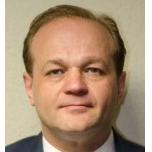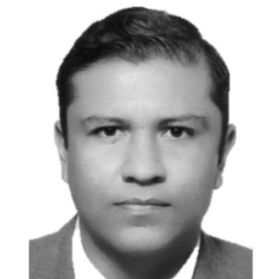Application of Information Theory to Computer Vision and Image Processing II
A special issue of Entropy (ISSN 1099-4300). This special issue belongs to the section "Information Theory, Probability and Statistics".
Deadline for manuscript submissions: 31 July 2024 | Viewed by 4976
Special Issue Editors
Interests: optics; structural health monitoring; machine vision; remote sensing; support vector machine; measurement error; mobile robotics
Special Issues, Collections and Topics in MDPI journals
Interests: automated metrology; 3D coordinates measurement; robotic navigation; machine vision; simulation of the robotic swarms behaviour
Special Issues, Collections and Topics in MDPI journals
Interests: machine vision; stereo vision; systems laser; scanner control; digital image processing
Special Issues, Collections and Topics in MDPI journals
Interests: machine vision; stereo vision; systems laser; scanner control; analogic and digital processing
Special Issues, Collections and Topics in MDPI journals
Special Issue Information
Dear Colleagues,
We are pleased to announce that due to the great success of “Application of Information Theory to Computer Vision and Image Processing”, a new Special Issue titled “Application of Information Theory to Computer Vision and Image Processing II” is open to continue the inclusion of relevant papers of related topics.
The application of information theory to computer vision and image processing has significantly contributed to advancing the understanding and capabilities of computer science. Mathematics methods are applied to signal and image processing for quantifying and obtaining accurate information with enhanced efficiency upon every innovation. Providing valuable tools and techniques for the development of intelligent and adaptive machine vision systems for measuring and analyzing the amount of information contained within a signal and an image, including the entropy theory to estimate the average amount of uncertainty or randomness in a dataset, where a high entropy indicates a higher level of unpredictability, while low entropy suggests a more predictable and structured dataset.
This Special Issue aims to publish information theory, measurement methods, data processing, tools, and techniques for the design and instrumentation used in machine vision systems by the application of computer vision and image processing, for analyzing, processing, and understanding visual data based on principles of information content, redundancy, and statistical properties.
Dr. Wendy Flores-Fuentes
Dr. Oleg Sergiyenko
Prof. Dr. Julio Cesar Rodríguez-Quiñonez
Dr. Jesús Elías Miranda-Vega
Guest Editors
Manuscript Submission Information
Manuscripts should be submitted online at www.mdpi.com by registering and logging in to this website. Once you are registered, click here to go to the submission form. Manuscripts can be submitted until the deadline. All submissions that pass pre-check are peer-reviewed. Accepted papers will be published continuously in the journal (as soon as accepted) and will be listed together on the special issue website. Research articles, review articles as well as short communications are invited. For planned papers, a title and short abstract (about 100 words) can be sent to the Editorial Office for announcement on this website.
Submitted manuscripts should not have been published previously, nor be under consideration for publication elsewhere (except conference proceedings papers). All manuscripts are thoroughly refereed through a single-blind peer-review process. A guide for authors and other relevant information for submission of manuscripts is available on the Instructions for Authors page. Entropy is an international peer-reviewed open access monthly journal published by MDPI.
Please visit the Instructions for Authors page before submitting a manuscript. The Article Processing Charge (APC) for publication in this open access journal is 2600 CHF (Swiss Francs). Submitted papers should be well formatted and use good English. Authors may use MDPI's English editing service prior to publication or during author revisions.
Keywords
- information theory
- entropy and coding theory (data compression, watermark, minimizing data loss, visual information in a more compact form, transmission, storage)
- computer vision (identify relevant features and patterns)
- machine vision (data analysis and understanding, segmentation, registration, denoising and restoration, object recognition, classification and tracking)
- cyber-physical systems
- instrumentation
- signal and image processing
- measurements (3D spatial coordinates, redundancy, statistical properties)
- artificial intelligence
- applications (navigation, surveillance, facial recognition, medicine, robotics, entertainment, and more)









